Thai or Chinese Cuisine: Flavors Go Head-to-Head
Thai vs. Chinese food presents a fascinating contrast of iconic Asian culinary traditions.
Two beloved cuisines share some ingredients yet differ dramatically in flavor profiles and cooking techniques.
Most Thai dishes feature bright, vibrant tastes with liberal use of fresh herbs, lime, and chili peppers.
In contrast, Chinese culinary arts often emphasize balanced flavors, various cooking methods, and regional diversity across provinces.
Food enthusiasts appreciate Thai cuisine for its bold combinations of sweet, sour, salty, and spicy elements in nearly every meal.
The Chinese food landscape offers everything from delicate dim sum to hearty noodle bowls with centuries of tradition behind each recipe.
Both food cultures reflect rich histories and cultural values through their distinctive approaches to ingredients and presentation.
The delicious differences between these cuisines make exploring them an adventure you can enjoy with every bite.
The Overall View of Thai Food
Thai food is a vibrant and aromatic cuisine known for its bold balance of sweet, sour, salty, bitter, and spicy flavors. It features fresh herbs and ingredients like lemongrass, galangal, chili, lime, and fish sauce that create complex, layered tastes in every dish.
From famous dishes like Pad Thai and Tom Yum soup to lesser-known regional specialties, Thai cuisine emphasizes harmony and contrast.
Its focus on fresh, colorful ingredients and skillful use of spices makes Thai food beloved worldwide for its depth, freshness, and zest.
The History of Thai Cuisine
Thai cuisine has a rich history shaped by centuries of cultural exchange and trade. Its roots trace back to ancient times when the region’s indigenous people began cultivating rice and using local herbs and spices.
Over the centuries, Thai food absorbed influences from neighboring countries like China, India, Malaysia, and Cambodia, introducing new cooking techniques, ingredients, and flavors. The arrival of Portuguese traders in the 16th century brought ingredients like chili peppers, which became a defining element of Thai spice.
Royal cuisine during the Ayutthaya Kingdom (14th–18th centuries) further refined Thai food, emphasizing balance and presentation.
The Guide To Chinese Food
Chinese foods are characterized by a wide variety of regional styles, each with its unique ingredients, cooking methods, and flavor profiles. From the bold, spicy dishes of Sichuan and Hunan to the subtle, delicate flavors of Cantonese cooking, Chinese food offers something for every palate.
Key cooking techniques include stir-frying, steaming, braising, and roasting, often emphasizing balance between taste, texture, and color. Staples like rice, noodles, soy products, and fresh vegetables play a central role, along with meats, seafood, and a rich array of spices and sauces.
Beyond just nourishment, Chinese food is deeply connected to culture and philosophy, often reflecting principles of harmony and balance, making it not only delicious but also meaningful.
The History of Chinese Cuisine
Chinese cuisine has a rich history spanning thousands of years, closely tied to the country’s culture, agriculture, and philosophy. Early diets centered on staple grains like rice and millet, alongside vegetables and small amounts of meat.
Regional styles, such as Cantonese, Sichuan, and Shandong, developed due to varying geography and climate. Key cooking methods like stir-frying and steaming emerged, while trade routes introduced new ingredients and spices.
Imperial courts further refined culinary techniques, emphasizing balance and presentation. Nowadays, Chinese cuisine is celebrated worldwide for its diversity, flavor, and deep cultural roots.
Exploring Differences Between Thai and Chinese Foods
Chinese and Thai foods have their own recognizable traits despite being Asian countries. Check the table for highlighting their differences.
| Feature | Thai Cuisine | Chinese Cuisine |
| Flavor Profile | Balanced sweet, sour, salty, bitter, and spicy | Diverse; savory, salty, sweet; mild to intensely spicy |
| Key Ingredients | Lemongrass, galangal, fish sauce, coconut milk, chilies, lime | Soy sauce, garlic, ginger, scallions, sesame oil, five-spice |
| Staple Foods | Jasmine rice, sticky rice, rice noodles | Rice, wheat noodles, buns, dumplings |
| Cooking Techniques | Stir-frying, grilling, simmering, quick preparations | Stir-frying, steaming, roasting, braising, deep-frying |
| Use of Dairy | Limited; mainly coconut milk | Very limited; dairy rarely used |
| Presentation | Vibrant, colorful, herbs garnished generously | Balanced, harmonious, focus on aroma, color, and taste |
| Regional Diversity | Moderate regional differences | Highly diverse regional cuisines |
| Sauces and Condiments | Fish sauce, tamarind sauce, chili paste | Soy sauce, oyster sauce, hoisin sauce, chili oil |
Flavor Profile
Thai cuisine is famous for its vibrant, bold flavors, typically balancing sweet, sour, salty, bitter, and spicy tastes harmoniously. Dishes often feature a refreshing zest due to lime juice and herbs.
In contrast, Chinese cuisine encompasses a broader spectrum of flavors, from mild and delicate dishes (Cantonese style) to bold, numbing spiciness (Sichuan style). The variety is vast and tailored to regional tastes.
Key Ingredients
Thai cooking emphasizes fresh, aromatic ingredients like lemongrass, galangal, kaffir lime leaves, fish sauce, coconut milk, and chilies. These ingredients deliver a distinctly tropical and aromatic profile.
Chinese cuisine relies more heavily on ingredients like soy sauce, garlic, ginger, scallions, sesame oil, and spices such as star anise and five-spice powder, reflecting its diverse regional influences and availability of ingredients.
Staple Foods
In Thai cuisine, jasmine rice and sticky rice are common staples, along with rice noodles. Rice accompanies almost every meal.
Chinese cuisine also values rice but incorporates wheat extensively in the form of noodles, buns, pancakes, and dumplings, particularly in northern regions.
Cooking Techniques
Thai cooking frequently uses quick methods like stir-frying, grilling, and simmering, allowing fresh ingredients to retain their vibrant flavors.
Chinese cooking employs a broader range of techniques, including stir-frying, steaming, roasting, braising, and deep-frying, often showcasing culinary skills and complexity.
Use of Dairy
Both cuisines traditionally avoid dairy. Thai cuisine rarely uses dairy, relying on coconut milk for creamy textures.
Similarly, Chinese cuisine typically excludes dairy, instead using alternative thickening agents or sauces derived from soy and starches.
Presentation
Thai dishes are generally colorful and garnished generously with fresh herbs and vegetables. Visual appeal is vital, enhancing both taste and aesthetics.
Chinese cuisine also prioritizes presentation, emphasizing harmony, balance, and a pleasing arrangement that incorporates aroma, color, and taste.
Regional Diversity
Thai cuisine displays moderate regional variations, from the fiery dishes of the northeastern region to milder, seafood-rich southern recipes.
Conversely, Chinese cuisine is incredibly diverse, reflecting significant culinary differences across vast regions, from the spice-heavy Sichuan province to the delicate and subtly flavored dishes of Cantonese cooking.
Sauces and Condiments
Thai cooking often utilizes fish sauce, tamarind sauce, and chili pastes, essential for balancing flavors in dishes.
Chinese cuisine heavily features soy sauce, oyster sauce, hoisin sauce, and chili oil, each providing depth, umami, and complexity to various dishes.
Thai or Chinese Foods: Which One Is Healthier?
Both Thai and Chinese cuisines can be healthy, but Thai food often has a slight advantage in overall healthiness. Thai dishes typically emphasize fresh vegetables, herbs, lean proteins, and lighter cooking methods such as grilling, steaming, or stir-frying.
Conversely, Chinese cuisine is incredibly diverse, with some regional dishes, like steamed fish or vegetable stir-fries, offering nutritious options, while others rely heavily on deep-frying, heavy sauces, and sodium-rich ingredients.
However, the ultimate healthiness of both cuisines depends largely on individual dish choices and cooking techniques.
Iconic Thai and Chinese Dishes
Explore the signature dishes representing Thai and Chinese cuisines. These dishes highlight the distinct flavors and cooking styles of each country.
Must-Try Thai Dishes
Unforgettable Chinese Dishes
Street Food Culture in Thai and China
Street food plays a vital role in the culinary identity of both Thailand and China, offering an authentic taste of each country’s regional flavors and daily life.
Thai Street Food
In Thailand, street food is a vibrant part of everyday living, available nearly 24/7 in busy cities like Bangkok and Chiang Mai. It’s known for its balance of spicy, sour, salty, and sweet elements, often prepared fresh to order. Stalls commonly serve dishes like Pad Thai, Som Tum, Moo Ping (grilled pork skewers), and Khao Niew Ma Muang (mango sticky rice).
Chinese Street Food
Chinese street food scene varies widely by region. You’ll find skewers (chuan’r) in northern cities, hand-pulled noodles (lamian) in the west, and dumplings and buns across the east and south. Night markets are cultural hubs, especially in cities like Xi’an, Chengdu, and Shanghai, where foods like jianbing (savory crepes), baozi (steamed buns), and spicy hotpot skewers are popular.
Got Questions? We’ve Got Solutions
1. Is Thai food healthier than Chinese food?
Thai cuisine often features more fresh herbs, vegetables, and lighter cooking methods, making it generally healthier than many Chinese restaurant dishes, which tend to be heavier with deep-frying and thicker sauces. However, both cuisines have healthy and less healthy options.
2. Which cuisine is spicier?
Thai food is typically spicier than Chinese food. Thai dishes frequently incorporate fresh chili peppers and spicy curry pastes, while traditional Chinese cuisine uses spice more moderately, with only certain regional cuisines like Sichuan featuring intense heat.
3. Are the rice varieties different?
Yes. Thai cuisine primarily uses jasmine rice, which is aromatic and slightly sticky when cooked. Chinese cuisine typically features long-grain white rice, medium-grain rice, or glutinous rice depending on the region and dish.
4. Do they use the same soy sauce?
No. Chinese cuisine uses both light and dark soy sauce with a saltier profile. Thai cuisine often uses a sweeter soy sauce called "see ew" and fish sauce as their primary salty seasoning ingredient.

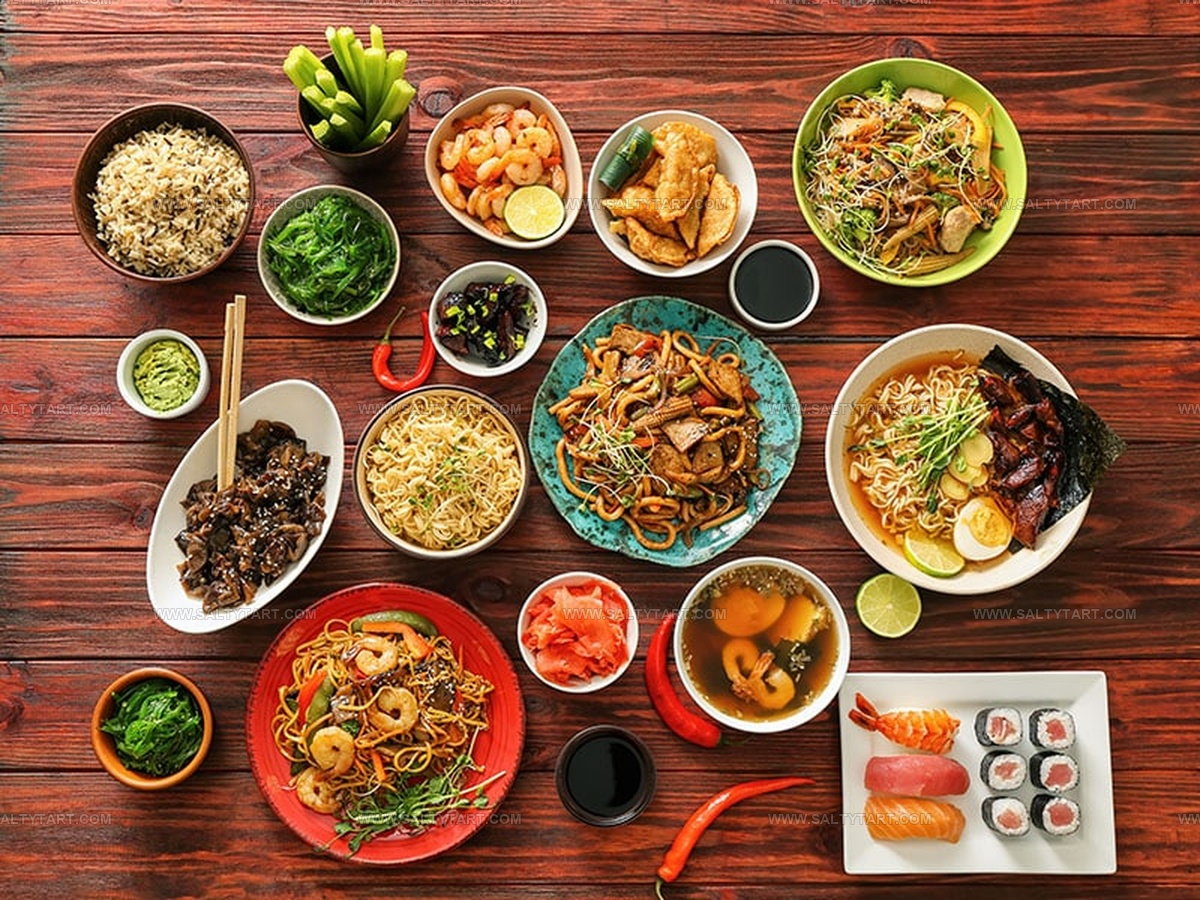
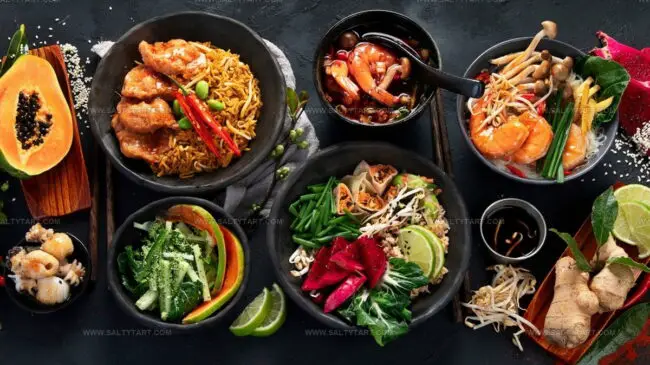

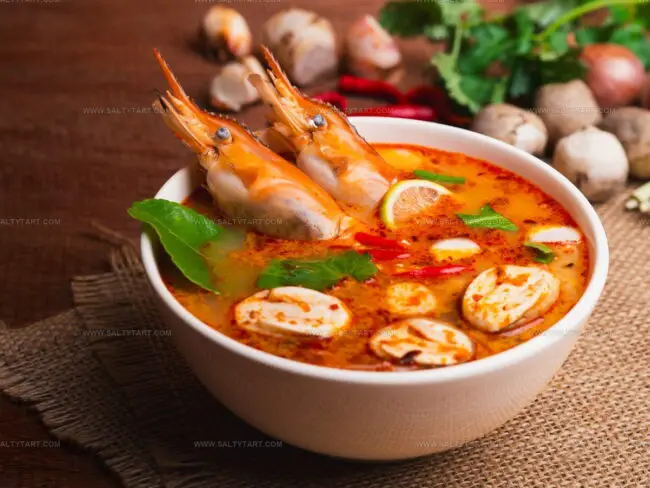

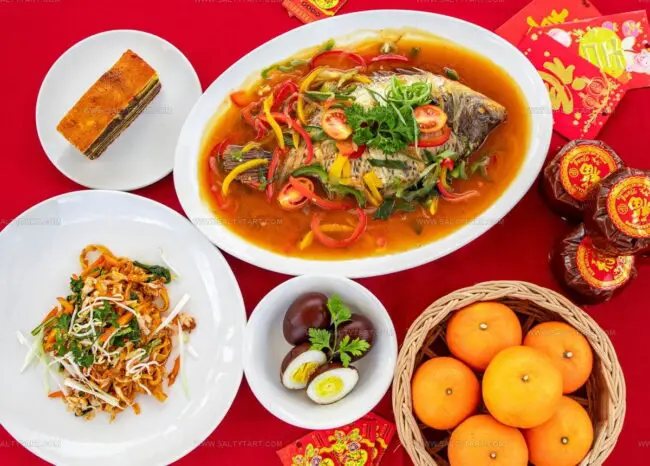
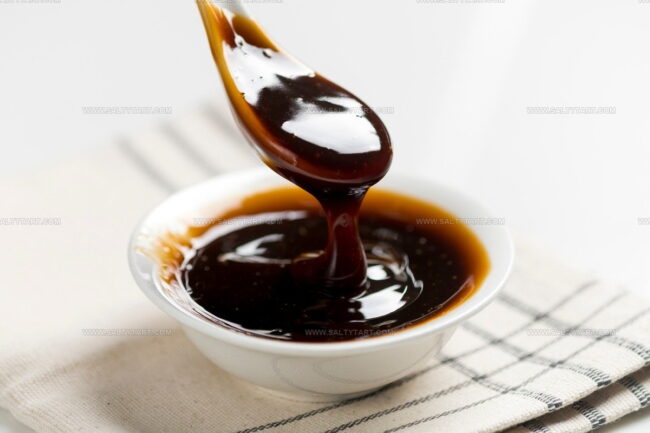
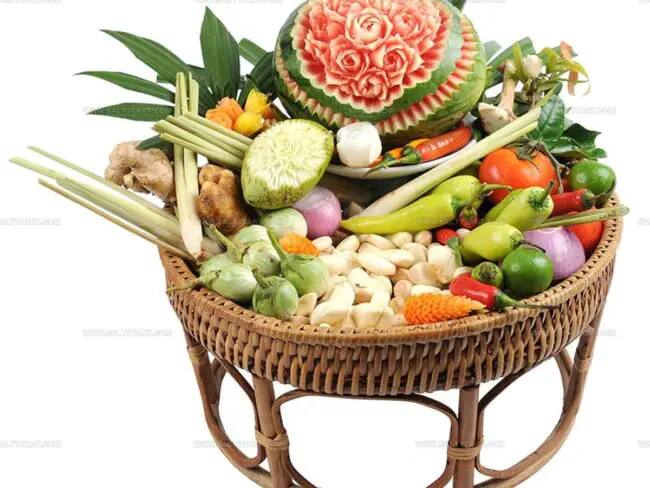
Mike Reynolds
Founder & Recipe Developer
Expertise
Farm-to-table cuisine, Seasonal recipe development, Sustainable cooking techniques, Food photography
Education
Asheville-Buncombe Technical Community College (A-B Tech)
Associate Degree in Culinary Arts
Mike studied culinary arts with a strong focus on farm-to-table principles and sustainable cooking. His training emphasized the importance of fresh, local ingredients and environmentally responsible practices in the kitchen.
Mike’s food journey began deep in the Blue Ridge Mountains, where weekends at farmers’ markets and home-cooked meals sparked a lifelong obsession with simple, seasonal eating.
After earning his Associate Degree in Culinary Arts from Asheville-Buncombe Technical Community College, he set out to bring farm-to-table cooking into everyday kitchens, without the fuss.
Mike’s philosophy is all about keeping it fresh, unfussy, and full of heart. When he’s not crafting new single-serving recipes, he’s hiking mountain trails, chatting with local farmers, or experimenting with wild ingredients in his backyard kitchen.